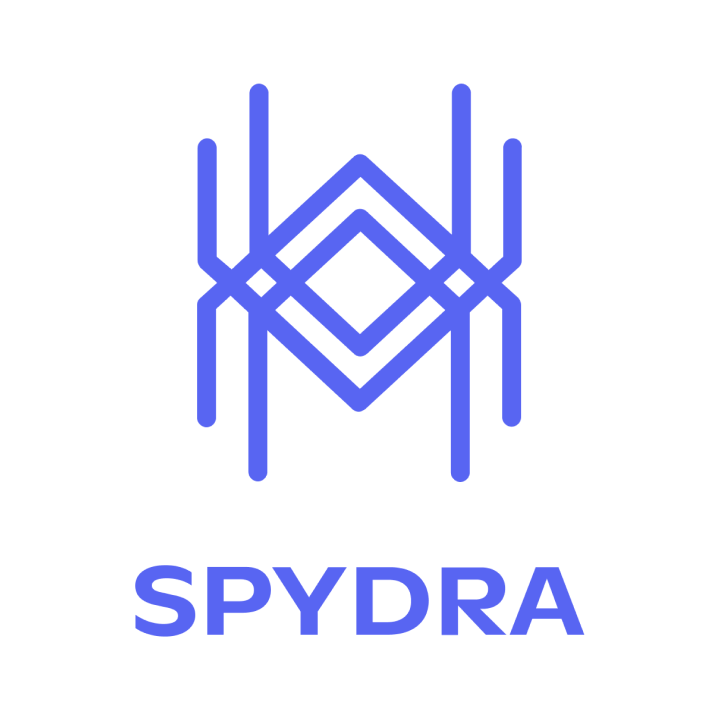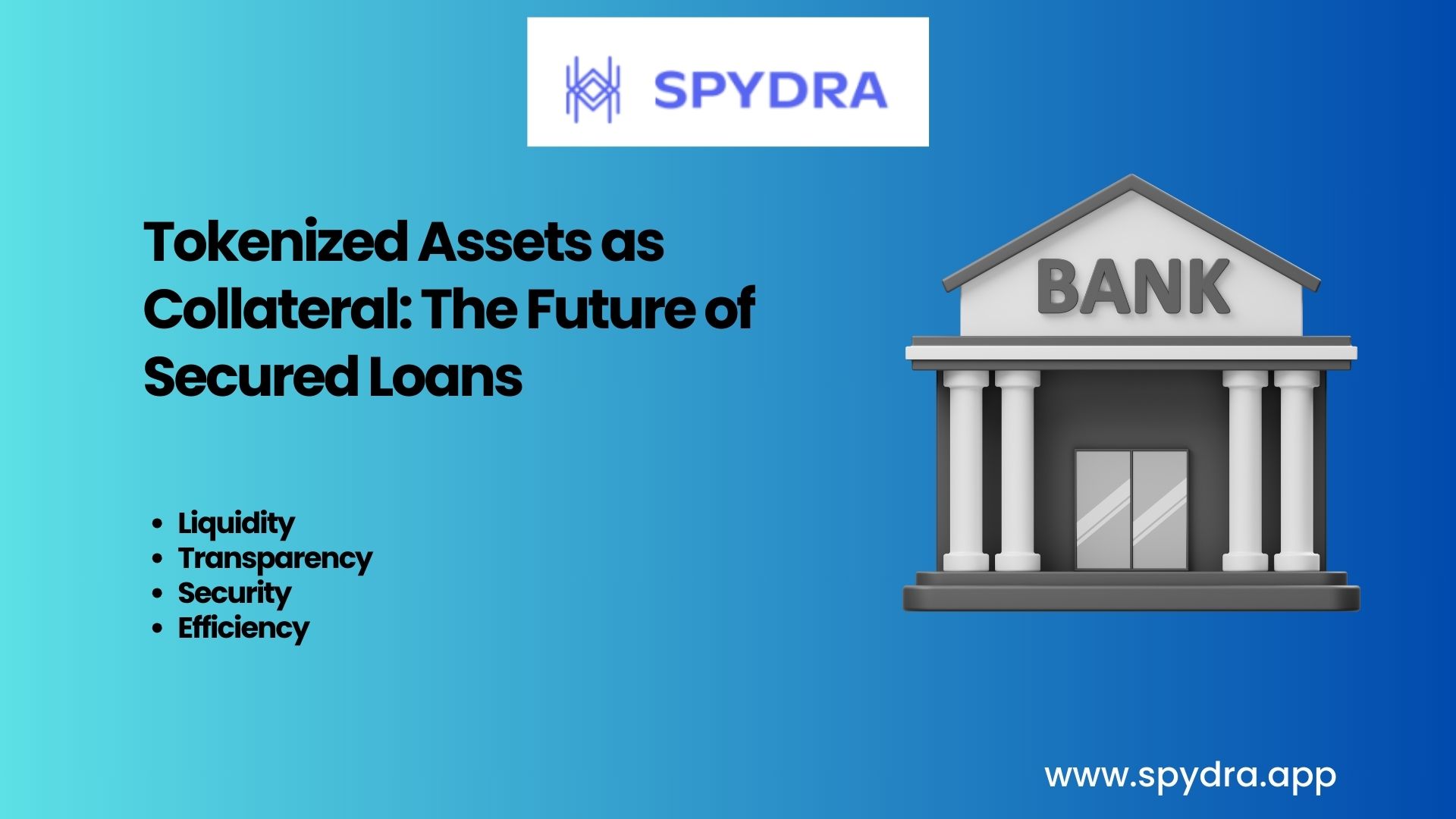Tokenized Assets as Collateral: The Future of Secured Loans
 Pravin
Pravin
The financial sector is witnessing a transformative shift with the advent of asset tokenization. This innovative process converts ownership rights of tangible and intangible assets into digital tokens using blockchain technology. These tokens can then be used as collateral for secured loans, introducing unprecedented efficiency and accessibility into the lending industry. Notably, the tokenized market capitalization across various asset classes is projected to reach approximately $2 trillion by 2030, excluding cryptocurrencies and stablecoins. This projection underscores the growing significance of asset tokenization in modern finance.
Understanding Asset Tokenization
Asset tokenization involves digitizing real-world assets—such as real estate, art, or commodities—into blockchain-based tokens. These tokens represent ownership or a stake in the underlying asset, enabling seamless, secure, and transparent transactions. By leveraging blockchain technology, tokenization enhances liquidity, reduces fraud, and streamlines operations.
The Role of Tokenized Assets in Secured Loans
In traditional secured lending, borrowers pledge physical assets as collateral to secure loans. However, this process often involves extensive paperwork, valuation challenges, and liquidity constraints. Tokenized assets address these issues by offering a digital representation of collateral that can be easily transferred and verified on the blockchain. This innovation not only simplifies the collateralization process but also opens new avenues for borrowers and lenders alike.
Advantages of Using Tokenized Assets as Collateral
Enhanced Liquidity
Tokenization allows for fractional ownership, enabling assets that were traditionally illiquid to be divided into smaller, tradable units. This fractionalization increases market participation and provides lenders with more liquid collateral options.Improved Transparency and Security
Blockchain's immutable ledger ensures that all transactions are transparent and secure. This feature reduces the risk of fraud and enhances trust among stakeholders, which is crucial in the lending industry.Operational Efficiency
By automating processes through smart contracts, asset tokenization reduces the need for intermediaries, thereby lowering operational costs and increasing efficiency. Tokenized collateral can significantly speed up settlements and foster secondary markets, especially for traditionally illiquid assets like commercial real estate.
Implementing Asset Tokenization: The Role of Blockchain Solution Consultancy
Successfully integrating asset tokenization into secured lending requires specialized expertise in blockchain technology. Engaging a blockchain solution consultancy can provide financial institutions with tailored strategies and technical support to navigate this complex landscape. These consultancies offer services ranging from developing tokenization platforms to ensuring compliance with regulatory standards, facilitating a seamless transition to digital asset collateralization.
Hyperledger Fabric: A Preferred Platform for Asset Tokenization
Hyperledger Fabric stands out as a robust platform for implementing asset tokenization in the lending industry. Its modular architecture and permissioned network provide the scalability and security required for financial transactions. By utilizing Hyperledger Fabric, institutions can develop customized tokenization solutions that meet their specific needs.
Case Study: Enhancing Financial Operations with Blockchain
A leading lender faced challenges in reconciling loan repayments and insurance claims, leading to operational inefficiencies. By implementing a blockchain-based solution, the lender streamlined its reconciliation processes, resulting in increased efficiency and transparency.
Challenges and Considerations
While the benefits are compelling, adopting tokenized assets as collateral involves certain challenges:
Regulatory Compliance: Navigating the evolving regulatory landscape requires careful planning and collaboration with authorities to ensure adherence to legal standards.
Technological Integration: Integrating blockchain solutions with existing financial systems necessitates technical expertise and strategic planning to ensure compatibility and security.
Market Adoption: Achieving widespread acceptance of tokenized assets involves educating stakeholders and demonstrating the tangible benefits of tokenization in secured lending.
The Future Outlook
The trajectory of tokenized assets as collateral in secured loans is promising. As technology evolves and regulatory frameworks adapt, tokenization is poised to become a standard practice, offering enhanced liquidity, transparency, and efficiency. Financial institutions that embrace this innovation will likely gain a competitive edge in the evolving market landscape.
Conclusion
Asset tokenization is revolutionizing the lending industry by transforming how collateral is managed and utilized. Through enhanced liquidity, improved transparency, and operational efficiency, tokenized assets offer compelling advantages for secured loans. By collaborating with experienced blockchain solution consultancies and leveraging platforms like Hyperledger Fabric, financial institutions can successfully navigate the complexities of asset tokenization and position themselves at the forefront of financial innovation.
Subscribe to my newsletter
Read articles from Pravin directly inside your inbox. Subscribe to the newsletter, and don't miss out.
Written by

Pravin
Pravin
Integrate Spydra’s easy-to-use APIs to tokenize your assets for more secure, transparent and reliable data exchange in supply chain, financing, cross-industry processes etc.